Choosing an EHR can be complicated for any physician, but it is even more difficult for specialty clinics as most systems are geared towards primary care. Pain management practices, after all, more so than many other specialties, require EHRs geared specifically to their needs. This is due to the fact that pain specialists see patients at multiple locations and have unique workflows that can’t be easily accommodated with standard systems.
Is your practice shopping around for its first EHR or for a replacement to an under-performing system? Here are three reasons why you should consider an Ambulatory Surgery Center EHR for pain management:
1. Pain Management EHRs are designed specifically for your specialty.
At 1st Providers Choice, we aim to make physicians’ jobs easier while improving patient care. This is why we have developed EHR software with pain management specialists in mind. Not only is our EHR ready to use right out of the box – it also features templates, forms and other tools that physicians in this field rely on most. Our EHR can also be customized to match your practice’s workflow and each physician’s needs, ensuring productivity isn’t affected and that different charting styles can be accommodated.

2. They allow for easy, automated sharing of patient records.
Our Pain Management EHR’s Intelligent Exchanger utility tool allows physicians to easily pull information from one EHR database to another. This is useful for specialists who might see patients both at their practice and at an ambulatory surgery center for further treatment, as it allows them to share data between systems without a hassle. How does it work? Upon visit note sign off, you can check if your patient is part of the surgery center you typically work with. If so, you can send the visit note to the surgery center to be filed in the patient’s chart as a visit note from a referring doctor. When you’re at the surgery center with the patient, you and the staff there will be able to access those files.
3. Access to pain management EHR records is possible at any time, from anywhere.
Many EHR systems for pain management specialists allow for easy access from Internet-enabled devices – and this is certainly the case with 1st Providers Choice. Our mobile-ready, cloud-based EHR allows physicians to access their patient charts securely no matter where they are, as long as they have access to a device with an Internet connection. This is an important feature seeing as pain management specialists must often travel between their practice, ambulatory surgery centers and local hospitals to treat patients.
Interested in learning more about our ambulatory surgery center and pain management EHR, including how it could help you improve care delivery and patient outcomes? Call 480-782-1116 or contact us online.




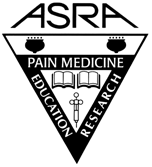 Pain medicine experts and
Pain medicine experts and 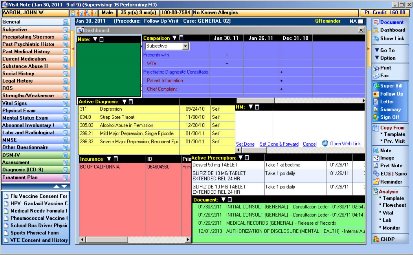
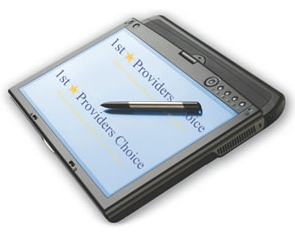 Denied claims are a large source of lost revenue for many healthcare organizations. Yet, physician practices often lack the resources to process them in a timely fashion. It is important for claims to be submitted accurately and error-free the first time around, to avoid revenue cycle setbacks and ensure timely reimbursement. One way to accomplish this is by using a medical billing or
Denied claims are a large source of lost revenue for many healthcare organizations. Yet, physician practices often lack the resources to process them in a timely fashion. It is important for claims to be submitted accurately and error-free the first time around, to avoid revenue cycle setbacks and ensure timely reimbursement. One way to accomplish this is by using a medical billing or 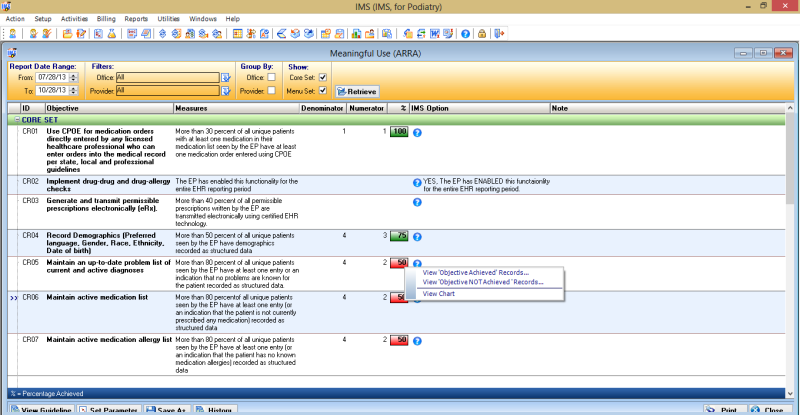
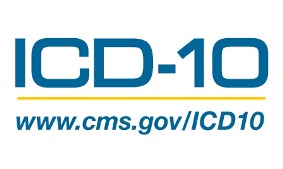 Getting your podiatry practice ready for 2014 means making the necessary preparations to switch to ICD-10 before October 1st. Though the CEO of the Medical Group Management Association referred to ICD-10 as one of the most expensive and complicated changes the healthcare industry has faced in decades, with proper planning the transition doesn’t have to be so overwhelming. If your practice is already using ICD-10 ready
Getting your podiatry practice ready for 2014 means making the necessary preparations to switch to ICD-10 before October 1st. Though the CEO of the Medical Group Management Association referred to ICD-10 as one of the most expensive and complicated changes the healthcare industry has faced in decades, with proper planning the transition doesn’t have to be so overwhelming. If your practice is already using ICD-10 ready 
 Though electronic health record software is relatively new to health care,
Though electronic health record software is relatively new to health care,  Adopting
Adopting